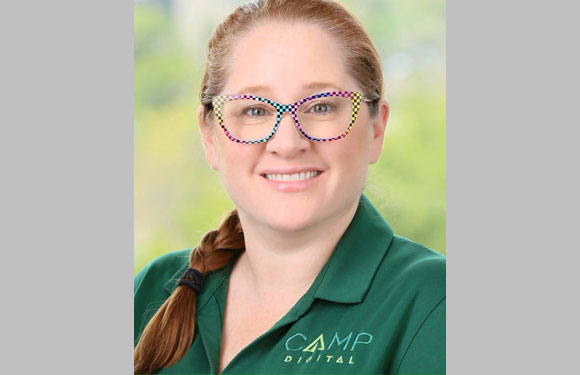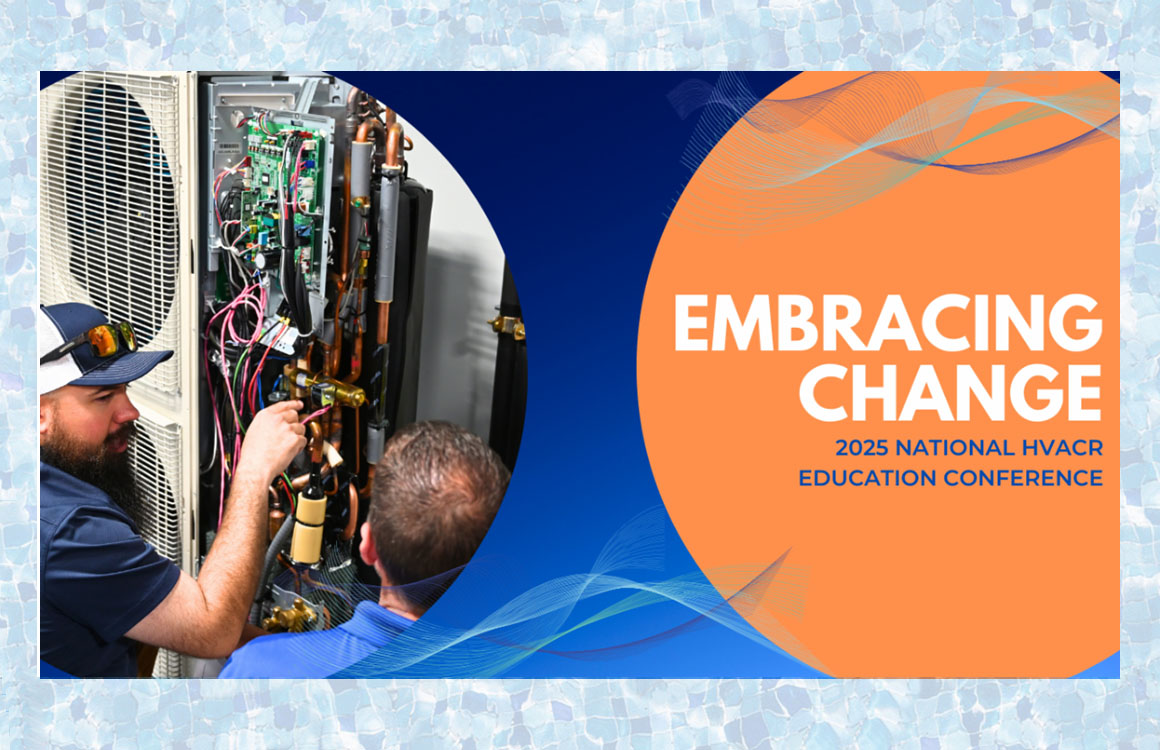
Guest Contributor
Three Tech-Led Changes to Maintain High Levels of Service and Good Customer Experiences Amid the Skills Shortage
Service organizations, hard hit by the skills shortage, are looking to technology to mitigate the impact of a constantly dwindling talent pool, says Marne Martin, President of the IFS Service Management Unit. With fewer qualified candidates to hire, an aging workforce at or close to retirement, and “the great resignation”, doing more with less has become imperative to keep service operations running smoothly and end-customers happy. It’s the only way to bridge the gap.

Globally, many external factors have led us to the current skills shortage—all of them beyond control of service organizations and have been felt across the industry as a whole. Pressure points include the ripple effect of a global pandemic, an already aging workforce, and competition from a burgeoning “gig economy”. It’s no use waiting for the skills shortage to end—we need to re-think the delivery of our services and utilize technology to make us more effective and turn the tables on the skills gap!
Service skills are in high demand – and human capital is low
Latest figures from the U.S. Bureau of Labor Statistics show that the “quit rate”, the percentage of the workforce choosing to leave their current job, is now ~3%, the highest level ever recorded, and unemployment is at historic lows in many labor markets. Attracting the right people is hard enough for any business, but attracting high quality talent during a global skills shortage is even more difficult. The hiring challenge is especially noticeable for the elusive field service technician or engineer—a front line role that continues to rank in the top five most challenging positions to fill.
The “gig economy”, when individuals and companies use digital platforms to exchange labor for money, has also contributed to shrinking supply. According to a recent study, 24% more people entered the gig economy in the summer of 2020 compared to previous years. COVID accelerated this trend, with some service technicians choosing to leave fulltime employment to become independent contractors.
Finally, the immutable truth is that we are simply getting older. By 2030 all baby boomers (people born between 1946 and 1964) will be at or past retirement age. COVID has fast-tracked this trend, with nearly 30 million U.S. baby boomers leaving the job market, many for early retirement, in the third quarter of 2020.
As challenging as our current reality may be, there are still aspects of their business that remain firmly in the control of service organizations. By leveraging existing infrastructure and new technologies, the industry can make tangible gains in workforce productivity, offsetting the impacts of a smaller talent pool while continuing to serve their customers and grow their business.
Shrinking the skills gap will be technology-led
Service organizations are trending ahead on the digital maturity curve in the sense of embracing mobility tools, but next generation digital and mobile tools are needed that do more to drive knowledge management, first-time fix rates and predictive guidance, and training alongside the performance of work. Market leaders increasingly rely on technology to support a range of activities, but there is always more to be done to utilize the tech-driven insights at their disposal.
Think you have all the data? Think again!
While we rely on data from our systems to help inform our business decisions, 68% of the data available to us goes unleveraged either to drive experiences or outcomes. As with any technology-based company, service organizations must continually optimize and evolve the data they already have to not only think about predictive motions for assets and equipment, but how to enhance onboarding, training, knowledge management and first-time fix motions with their front-line workers, service engineers and technicians.
There are three tech-focused areas where service organizations can combat the pressure of the skills gap and human capital shortage—and do more with less.
- Intelligent scheduling with insightful data to unlock more technician time and first-time fixes
Some workforce efficiencies occur even before a customer call is dispatched. With advances in artificial intelligence (AI) and machine learning (ML), maintenance becomes more predictive, and when repair is needed, the best technician is automatically assigned to a work order based on the nature of the call, experience and skillset, geographical location, and even the equipment and parts available on the truck, with also the asset and equipment information needed. As a result, maintenance schedules are more effective and efficient, first-time fix rates increase, truck rolls go down, leaving more time in the day for additional high value customer interactions and greater employee engagement.
Along with the latest technological advances, there are examples of many service organizations using existing infrastructure to optimize where and how technicians spend their time, even where it would have seemed too challenging in the past. Associa, a community management organization with over 9,000 employees, leveraged its Field Service Management (FSM) platform to increase the mobility of its service technicians. The change was simple, but highly impactful.
Instead of requiring technicians to clock in and receive work orders at the office each morning, Associa evolved to a mobile-first model and sent orders directly to each technician. This allowed workers to skip a daily visit to the office. The result? A full two hours of non-productive time eliminated daily for each and every technician. Drip routing is no longer an imposition, but an asset.
- Tightened integration between systems & data
Making maintenance more predictive and completing a job on the first visit allows organizations to cover more service calls over time using a limited workforce. Yet often, many service technicians are unable to access the data and parts they need prior or upon arrival, increasing the likelihood of a second visit.
Ainsworth, a multi-trade company that provides a range of skilled technical trade services such as HVAC, mechanical, electrical, motor, power, and more across a range of companies, knew it could do more with its data to help drive greater efficiencies in its field operations. The organization focused on data accuracy and access, they integrated their enterprise resource planning (ERP) system with their FSM solution to ensure precise and real-time data was available to workers in the field.
Working with smart devices, technicians can complete work orders, communicate with dispatchers, and respond to any other issue that may arise during a call. Along with an increase in first-time fixes, these advances contribute to higher customer satisfaction levels since fewer service cycles are required to resolve an issue. Next step is how to continue to drive knowledge management and training in the workforce and factor that into each process for greater “self-learning” alongside customer experience.
There is also an added skills gap benefit to keeping critical data tightly integrated into enterprise software systems. According to Deloitte, 32% of service organizations build knowledge transfer programs to pass on skills between retiring and new workers. Knowledge management can be built into enterprise software to provide automated data capture, user-friendly mobile apps with prompts, and guides to complete tasks, all support digital knowledge transfer from more experienced technicians to new recruits. Keeping skills up to date and knowing what skills match most accurately to successful predictive maintenance and first-time fix is nonetheless still an area for improvement that technology can help with in most organizations.
- Great service – remotely delivered to employees and customers
And we can take this knowledge transfer a step further with enabling technologies such as Augmented and Merged Reality (AR/MR) tools and more remote service capabilities built into assets and equipment. Here delivering service completely remotely isn’t an option, effectiveness in the field can be enhanced by using an over the shoulder view presented on tablets or smart phones, service organizations can provide additional support for newer technicians, with access to senior personnel via live video or other digital platforms. These senior leaders can help guide the technician through the repair so they can learn in the moment. This model also provides more first-time fix outcomes and faster times to resolution.
Although this technology has been in use for some years, the global pandemic accelerated its adoption from a customer perspective too, and it is now providing service organizations a means to efficiently interact with customers without making physical contact, increasing productivity and reducing drive time as well to save on fuel. AR/MR tools allow service organizations to effectively eliminate drive time, converting these non-productive technician hours into face-to-face customer interactions.
At IFS we have the perfect example of a customer using AR/MR technology, to provide a mix of real and virtual worlds to drive better customer outcomes. Longstanding IFS customer Munters, a global leader in energy efficient and sustainable air treatment and climate solutions, was looking for a robust remote assistance tool to help the company move towards a fully servitized, outcome-based business model. The enforced travel restrictions of the pandemic provided additional impetus for Munters to quickly implement a solution that could support ways of sharing expertise in a manner that is safe for customers and employees alike. It was able to pilot and roll out remote assistance technology for 200 staff across 22 countries in just two weeks. Munters was immediately able to realize efficiency improvements across its service operations.
Tech takes control to turn the tables on the skills gap
The global skills shortage is not going to ease in the short-term, and while service organizations have some power to influence global human capital trends by supporting more digital and vocational skills training, they won’t be able to reverse the fundamental trends. But technology-led solutions can optimize technician utilization and customer service delivery to mitigate their impact.
Marne Martin, President, IFS Service Management Business Unit
As both President of IFS Service Management and CEO of WorkWave, Marne’s focus is to continue to elevate the strategic importance of service management to the success of the overall IFS business. Marne works strategically to ensure the entire portfolio of IFS’s service management solutions provide customers with the business value they expect from a global industry leader in field service management (FSM). Martin is a winner of a number of awards including 2016 CEO Gamechanger of the Year (FSM) from ACQ 5 Global Awards and 2015 Field Service CEO of the Year from Executive Awards. When not working, Marne enjoys competing in dressage and supporting girls and women pursuing STEM careers.











